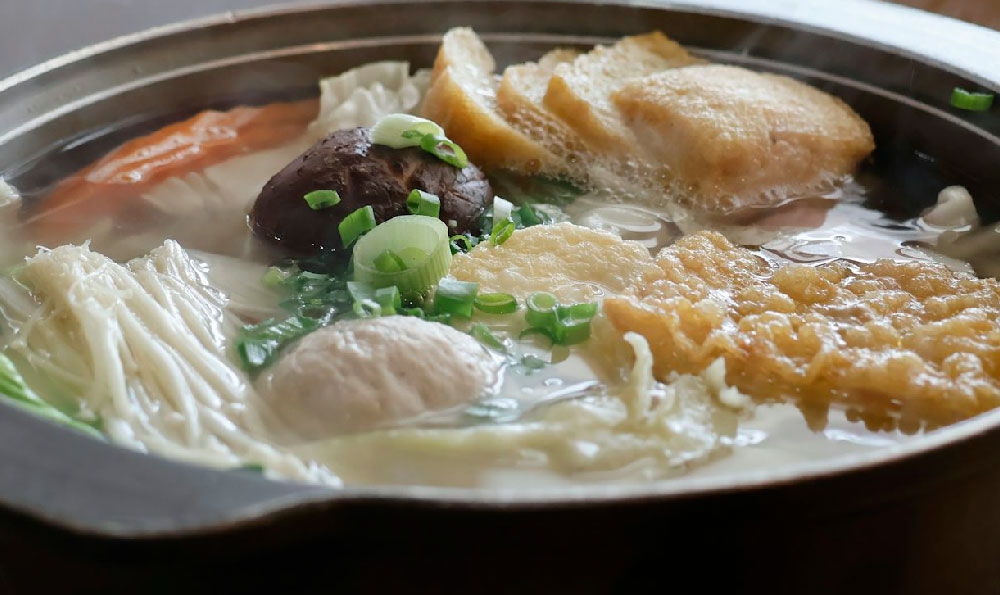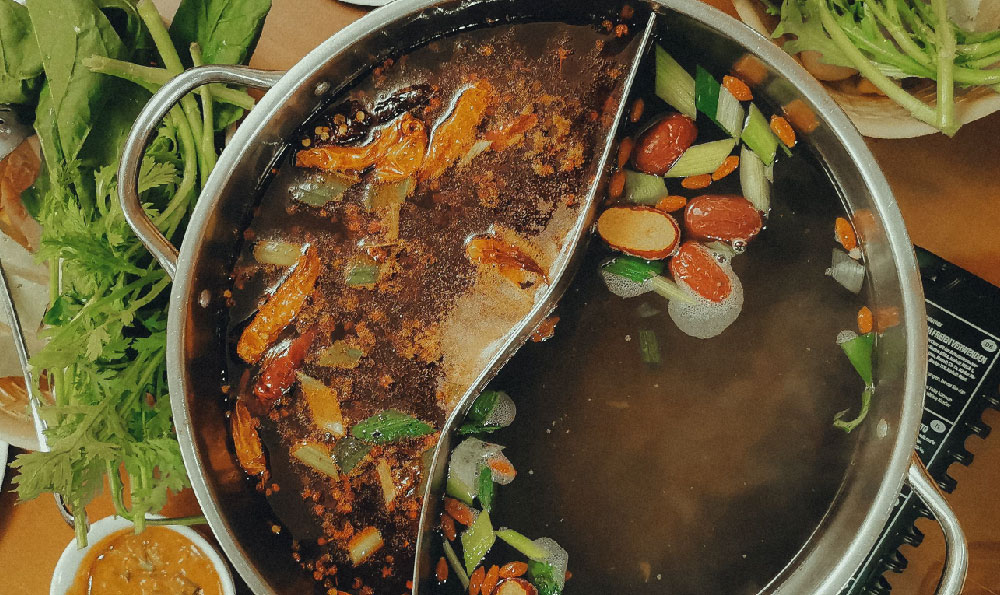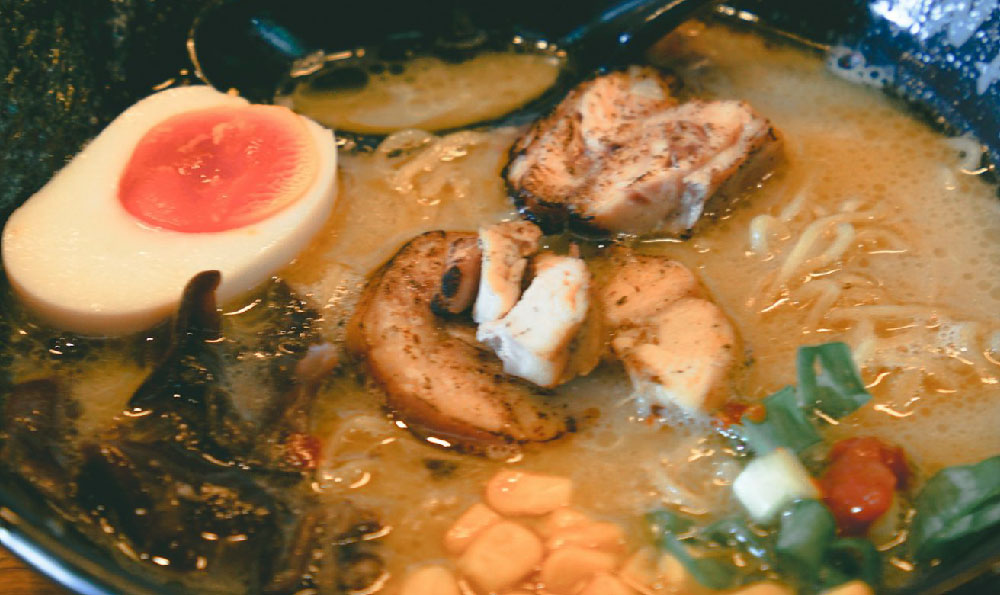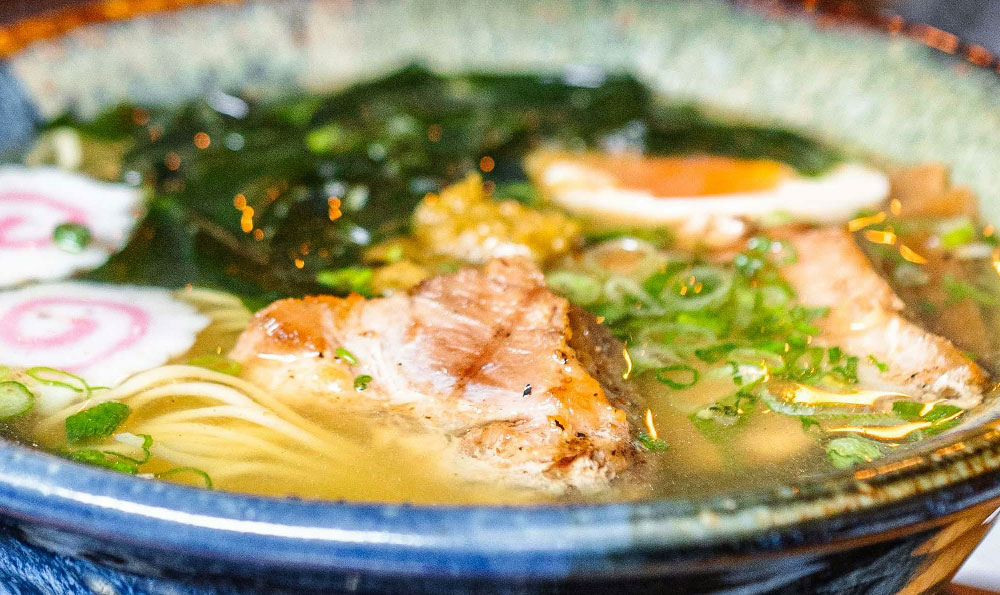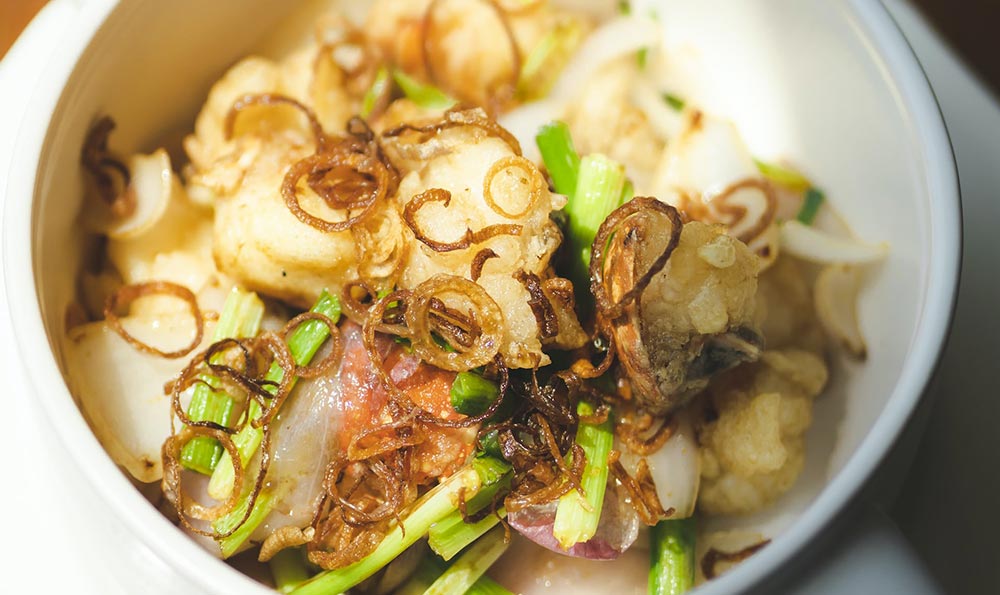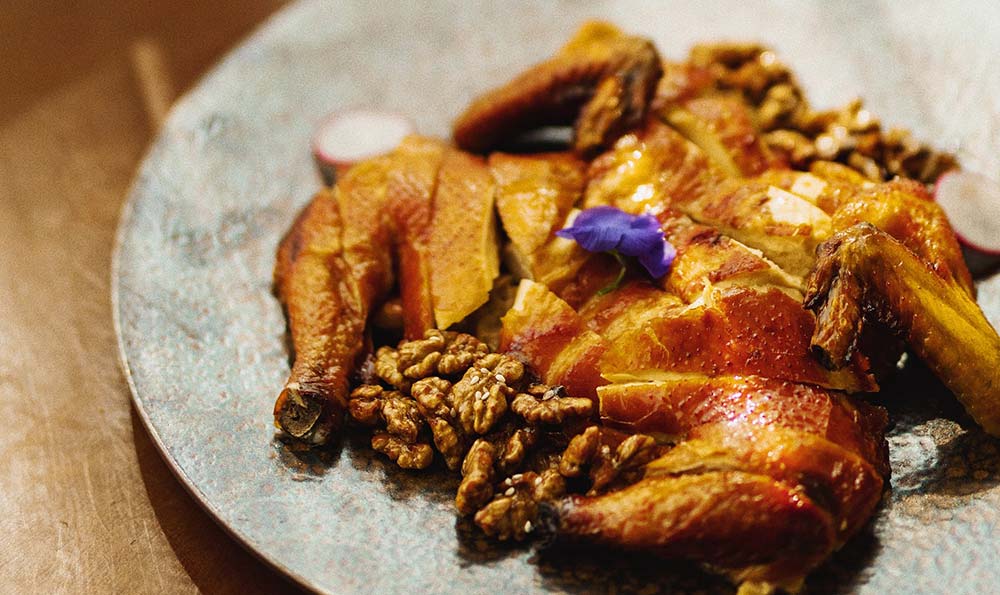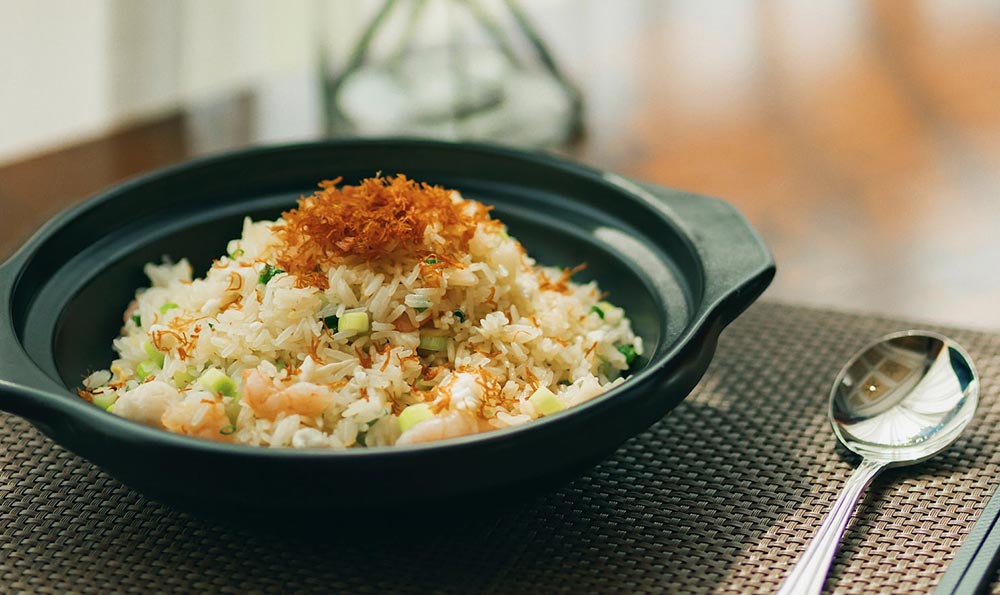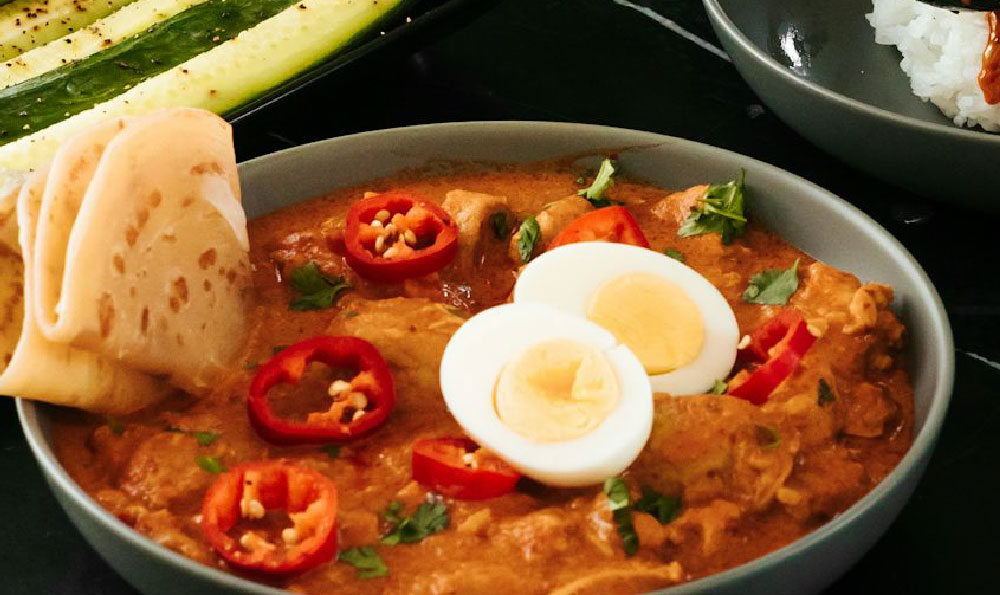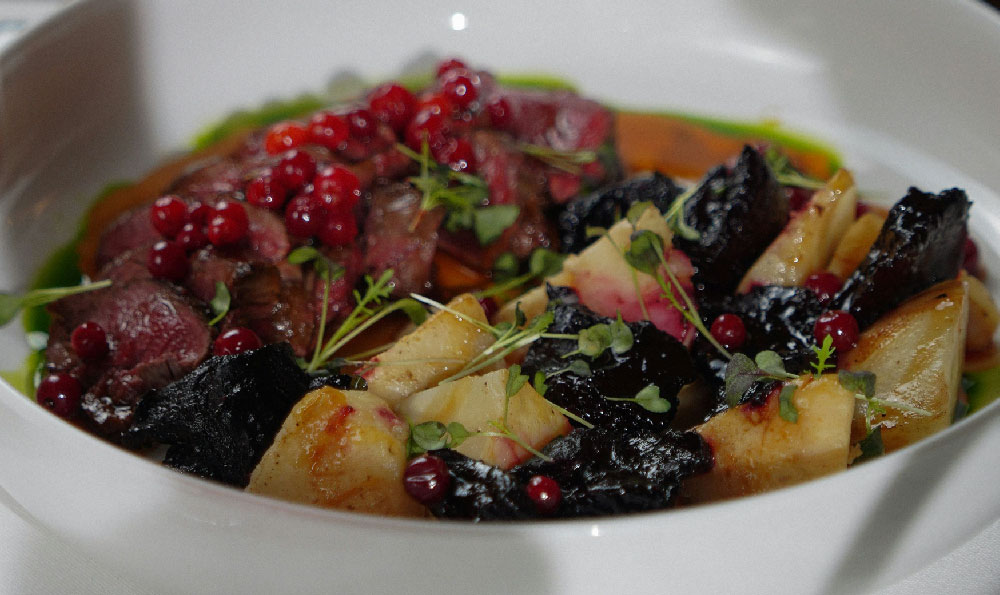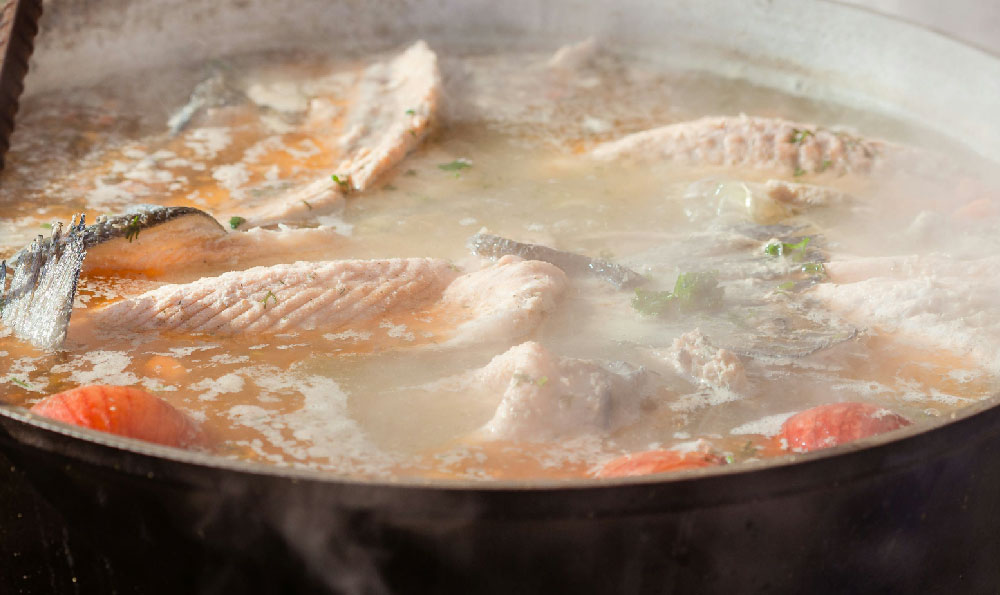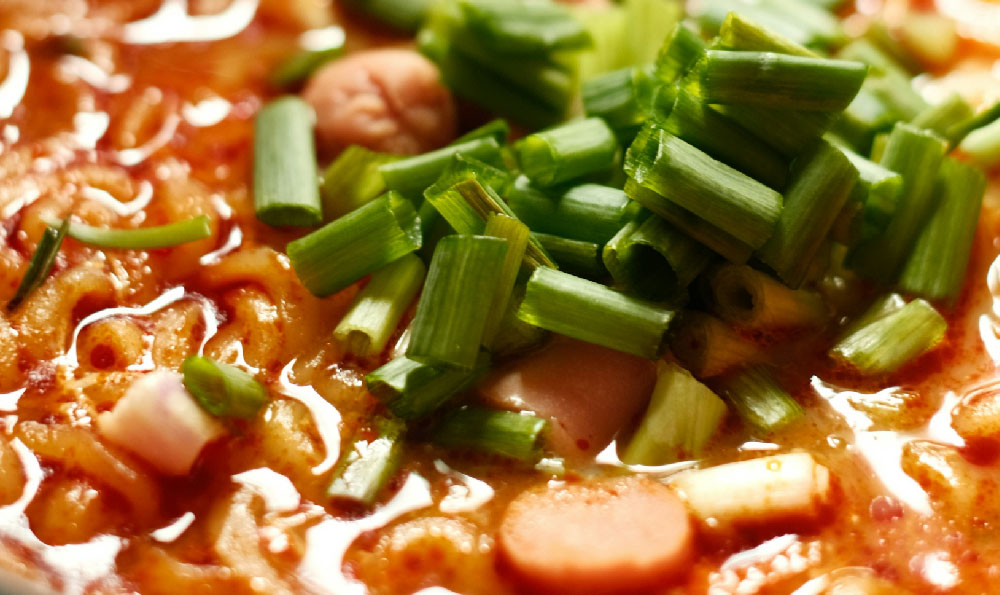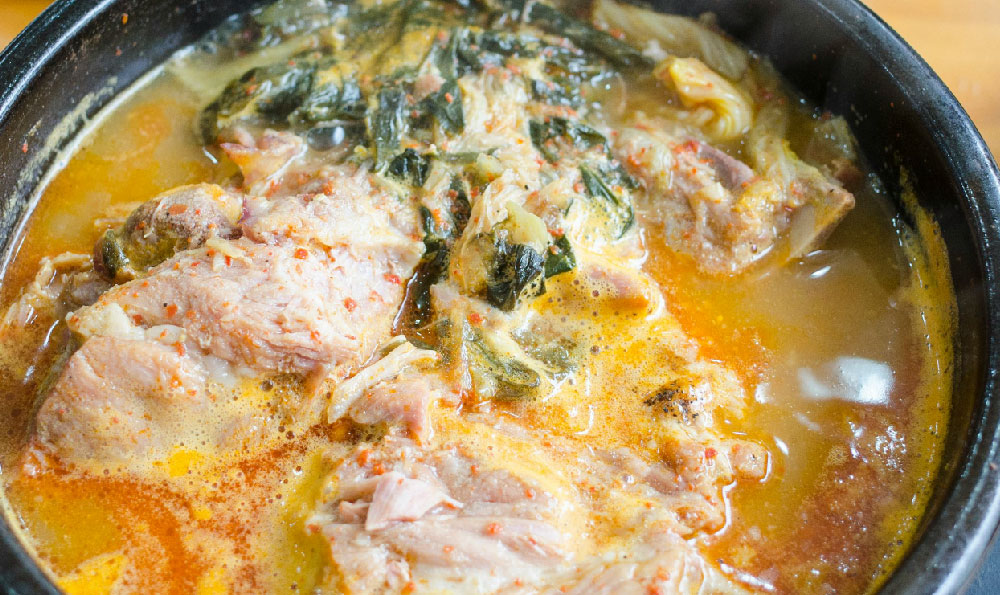麻辣烫作为一种受欢迎的夜宵或快餐食品,一直备受争议。有人开始关注麻辣烫对于血糖的影响,并提出了“麻辣烫血糖标准”的概念。本文将深入探讨这一标准的定义和意义,帮助读者更好地了解和管理自己的血糖水平。
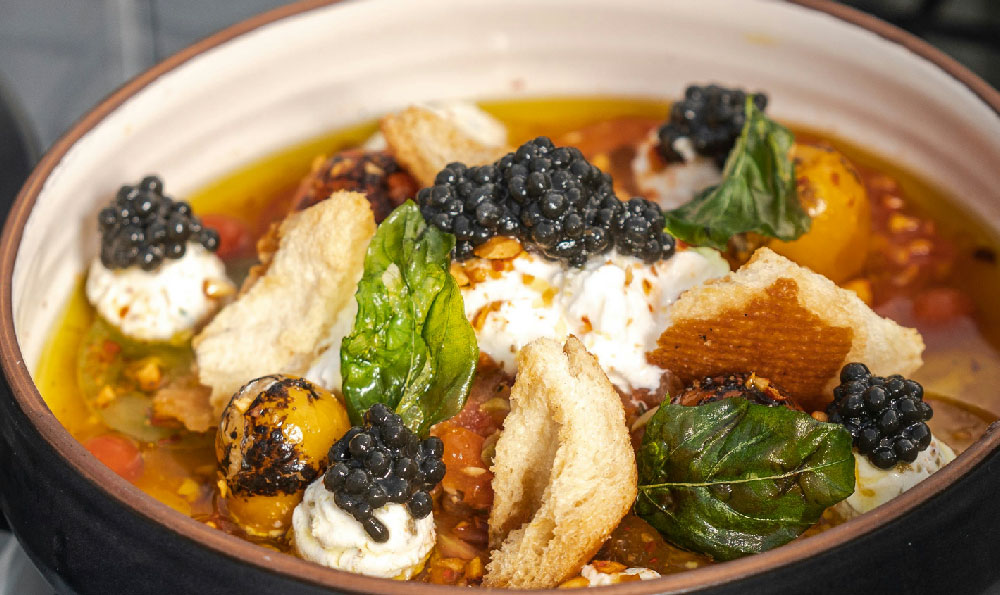
麻辣烫血糖标准指的是在进食麻辣烫之前和之后的血糖水平应该维持在一个相对稳定的范围内,尤其是对于糖尿病患者或血糖控制不稳定的人来说。这个标准的制定是为了避免饮食过程中造成血糖波动过大,从而对身体健康造成不良影响。
我们来了解麻辣烫对血糖的影响。麻辣烫的主要成分包括辣椒、油脂、淀粉等。辣椒中的辣素能够刺激胃肠道分泌大量胃酸,加重消化负担。辣椒中的辣素还能够提高身体内的体温,导致血糖水平升高。油脂的摄入会增加能量的摄入,进而影响血糖水平。淀粉是麻辣烫的主要来源,高淀粉饮食会导致血糖水平迅速升高。
我们需要明确“麻辣烫血糖标准”的具体数值。血糖水平应该维持在5.6-6.7mmol/L之间。麻辣烫过程中,如果血糖水平超过了这个范围,就可能对身体健康产生负面影响。我们应该控制每次进食麻辣烫的量,并注意配菜的选择,如蔬菜和豆制品等可以帮助稳定血糖水平。
对于糖尿病患者来说,更需要注意麻辣烫的血糖影响。他们需要根据自己的血糖控制目标来调整饮食,避免过度摄入高血糖食物。在进食麻辣烫之前,他们可以适当减少其他碳水化合物的摄入,以保持血糖水平相对稳定。在进食之后,还可以通过适当的运动来帮助降低血糖水平。
麻辣烫血糖标准是关注血糖控制的重要指标。我们应该注意饮食的合理搭配和控制食物的摄入量,以维持血糖水平在安全范围内。对于糖尿病患者来说,更需要重视麻辣烫的选择和饮食控制。通过了解和遵循麻辣烫血糖标准,可以更好地管理血糖,保护身体健康。
在今天的社会中,麻辣烫作为一种受欢迎的快餐食品,对血糖的影响也开始受到关注。了解和掌握麻辣烫血糖标准的意义和具体数值,对于我们更好地管理血糖,保护身体健康至关重要。通过控制食物的摄入量和选择合适的配菜,我们可以在享受美食的保持血糖在相对稳定的范围内。希望通过本文的介绍,读者能够明白和遵循麻辣烫血糖标准,提高自己的健康意识和自我管理能力。
吃完麻辣烫血糖为什么会很高

麻辣烫是一种非常受欢迎的中式美食,在许多人中间获得了广泛的喜好。通过吃完一顿麻辣烫后,许多人可能会发现自己的血糖水平明显升高。为什么吃完麻辣烫后血糖会升高呢?本文将通过客观、专业、清晰和系统的方式来解析这个问题。
麻辣烫是一种以辣椒和花椒为主要香料的烹饪方式,常常搭配各种食材,例如肉类、豆腐、蔬菜等。辣椒和花椒富含辣味成分,能够刺激食欲,使人食欲大开。辣椒和花椒也会引起身体的一系列变化,从而导致血糖水平升高。
辣椒和花椒中的辣味成分能够促进食物的消化吸收。辣椒中的辣椒素和花椒中的挥发性油脂能够刺激胃黏膜,增加胃液的分泌,从而提高食物的消化效率。当食物迅速消化吸收时,其中的碳水化合物会迅速转化为葡萄糖,导致血糖水平升高。
辣椒和花椒中的辣味成分也会影响胰岛素的分泌。胰岛素是一种重要的调节血糖的激素,它能够促进葡萄糖的吸收和利用。辣椒和花椒中的辣味成分能够刺激胰岛细胞的活跃,导致胰岛素过度分泌。当胰岛素分泌过多时,血糖的降低速度会变慢,从而导致血糖水平升高。
麻辣烫中的食材也会对血糖水平产生影响。麻辣烫常常搭配肉类等高蛋白食材,而高蛋白食材会促进胰岛素的分泌,进一步提高血糖水平。麻辣烫中的淀粉类食材,如面条等,也会转化为葡萄糖,使血糖升高。
吃完麻辣烫后血糖会升高的原因主要包括辣椒和花椒的辣味成分刺激食物的消化吸收、影响胰岛素的分泌以及麻辣烫中的食材的影响等方面。在享受美食的我们应当注意血糖的控制,适量摄入食物,避免出现血糖过高的情况。
Why Does Blood Sugar Rise After Eating Spicy Hot Pot?
Introduction:
Spicy hot pot is a highly popular Chinese cuisine that has gained widespread popularity among many people. However, after eating a meal of spicy hot pot, many people may find that their blood sugar levels have significantly increased. So why does blood sugar rise after eating spicy hot pot? This article will objectively, professionally, clearly, and systematically explain this issue using methods such as definition, classification, examples, and comparison.
Body:
Spicy hot pot is a cooking method that uses chili peppers and Sichuan peppercorns as the main spices and is often paired with various ingredients such as meats, tofu, and vegetables. Chili peppers and Sichuan peppercorns are rich in spicy components that can stimulate appetite and make people hungry. However, these spicy components can also cause a series of changes in the body, leading to an increase in blood sugar levels.
Firstly, the spicy components in chili peppers and Sichuan peppercorns can promote the digestion and absorption of food. Capsaicin in chili peppers and volatile oils in Sichuan peppercorns can stimulate gastric mucosa and increase the secretion of gastric juice, thereby improving the efficiency of food digestion. When food is rapidly digested and absorbed, the carbohydrates in it are quickly converted into glucose, leading to an increase in blood sugar levels.
Secondly, the spicy components in chili peppers and Sichuan peppercorns can also affect the secretion of insulin. Insulin is an important hormone that regulates blood sugar and promotes the absorption and utilization of glucose. However, the spicy components in chili peppers and Sichuan peppercorns can stimulate the activity of pancreatic islet cells, leading to excessive insulin secretion. When insulin is secreted excessively, the rate of blood sugar reduction slows down, resulting in an increase in blood sugar levels.
Additionally, the ingredients in spicy hot pot can also have an impact on blood sugar levels. Spicy hot pot is often paired with high-protein ingredients such as meats, and high-protein ingredients can promote insulin secretion, further increasing blood sugar levels. Furthermore, the starch ingredients in spicy hot pot, such as noodles, can also be converted into glucose, leading to elevated blood sugar.
Conclusion:
In conclusion, the reasons why blood sugar rises after eating spicy hot pot mainly include the stimulation of spicy components in chili peppers and Sichuan peppercorns on food digestion and absorption, their impact on insulin secretion, and the effects of the ingredients in spicy hot pot. While enjoying delicious food, we should pay attention to blood sugar control, consume food in moderation, and avoid high blood sugar levels.
吃麻辣烫为什么血糖会很高
一、麻辣烫的酱料和配料中的碳水化合物含量较高

麻辣烫的酱料往往采用多种辣椒和调味料制成,其中含有较高的碳水化合物。麻辣烫中常用的辣椒酱、花椒油等都含有大量的油脂和糖类物质,这些都会影响血糖水平的升高。配料中的蔬菜、豆腐等也含有一定的碳水化合物,进一步增加了麻辣烫对血糖的影响。
二、麻辣烫的辣椒成分具有促进血糖升高的作用
辣椒中含有丰富的辣椒素,这是一种能够增加胰岛素分泌的物质。当人体摄入辣椒素后,胰岛素分泌增加,促使血糖的吸收和利用加快,从而导致血糖水平的升高。吃辣会使血糖升高成为可能。
三、麻辣烫的辣椒和香料会促进食欲,增加食量
辣椒和香料的刺激性味道可以刺激唾液分泌和胃肠蠕动,并促进食欲。当人们食欲增加时,通常会摄入更多的食物,从而导致血糖水平的上升。麻辣烫的辣椒和香料的刺激作用也是导致血糖升高的原因之一。
四、麻辣烫的高热量和高油脂含量使血糖易于升高
麻辣烫中的配料往往含有大量的油脂和高热量的食材,如肉类、豆腐、海鲜等。这些高热量的食物会增加血糖的生成和吸收,进而导致血糖水平的升高。高油脂含量的食物也会影响胰岛素的敏感性,使血糖更难被身体有效利用,从而导致血糖升高。
五、麻辣烫的食用方式可能导致血糖升高
麻辣烫通常是煮熟后直接食用,这种方式导致食物中的糖分和淀粉会被更快速地吸收入血,从而使血糖水平迅速上升。快速进食和过量进食也可能导致血糖剧烈波动,影响血糖控制。
吃麻辣烫血糖会升高的原因主要包括酱料和配料中的碳水化合物含量较高、辣椒成分的促进作用、辣椒和香料的增加食欲作用、高热量和高油脂含量、以及食用方式的影响。为了控制血糖,我们可以适量食用,选择低油脂、低热量的配料,并注意饮食的多样性和均衡性,以减少对血糖的影响。




